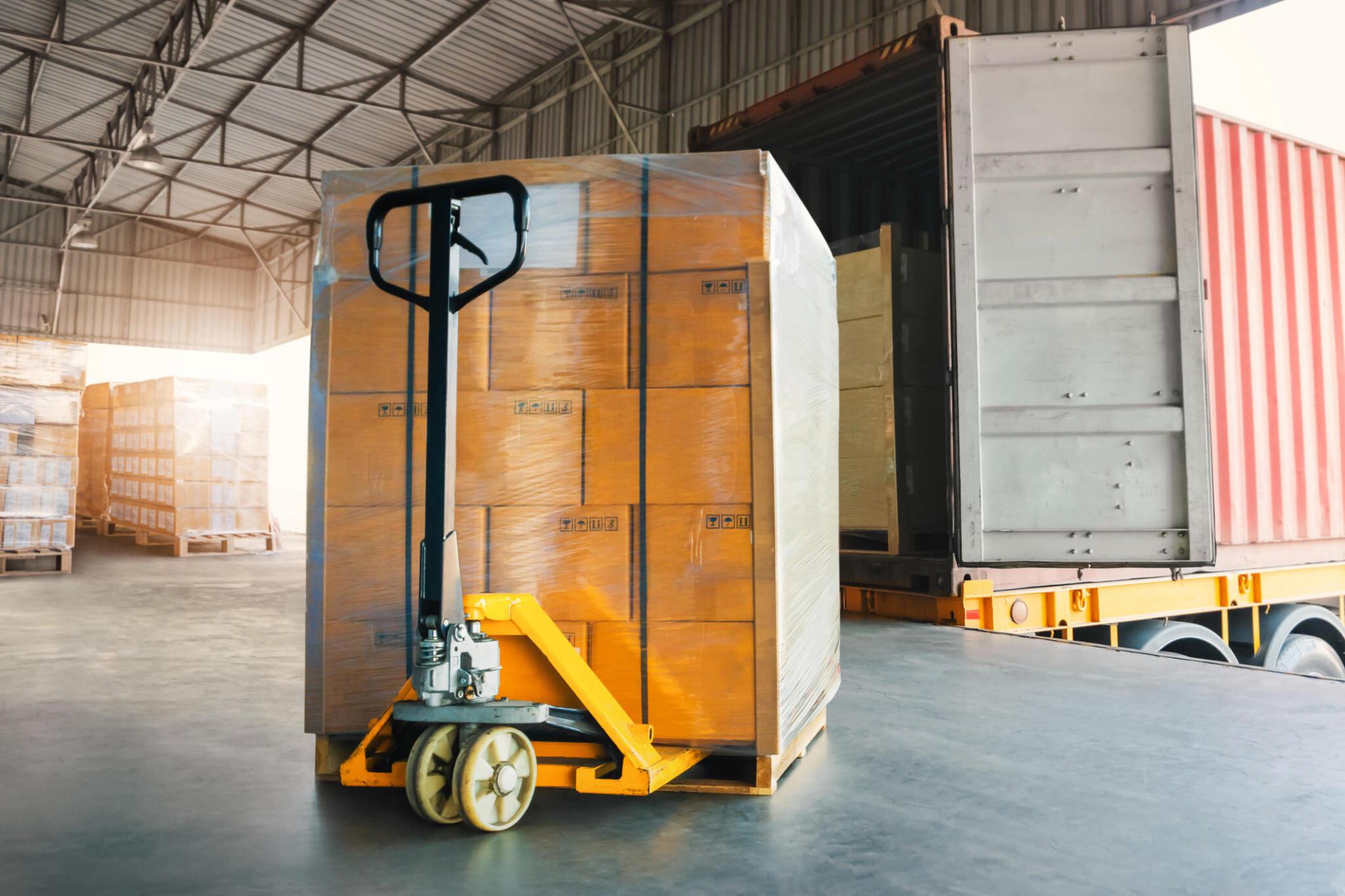Navigating the complexities of international shipping can feel like uncharted waters, especially when technical terms like “CBM” come into play. But fear not, intrepid shipper! This article from KANKEI Shipping aims to be your compass, guiding you through the world of Cubic Meters (CBM) and their relationship to kilograms (kg) in the shipping industry.
What is CBM in Shipping?
CBM stands for Cubic Meter, the unit used to measure the volume of your cargo. In simpler terms, it’s the space your shipment occupies within a container. Understanding CBM is crucial for several reasons:
- Freight costs: Many shipping companies base their charges on volumetric weight, calculated by multiplying the CBM of your cargo by a specific conversion factor. This means even lightweight items taking up significant space can incur higher costs.
- Container selection: Knowing your CBM helps you choose the right size container for your cargo, avoiding wasted space or exceeding weight limitations.
- Customs clearance: Some countries impose duties based on cargo volume, making CBM knowledge essential for accurate documentation.
Calculating CBM: A Simple Formula
Calculating CBM is straightforward. Simply multiply the length, width, and height of your shipment in meters:
CBM = Length (m) x Width (m) x Height (m)
For example, a pallet measuring 1.2 meters long, 0.8 meters wide, and 1.5 meters high would have a volume of:
CBM = 1.2m x 0.8m x 1.5m = 1.44 CBM
CBM vs. Kgs: Understanding the Conversion
While CBM measures volume, kilograms (kg) measure weight. Converting between the two directly isn’t possible, as the density of your cargo plays a crucial role. Here’s the key:
- High-density cargo: Heavier items like machinery or metal will have a higher density, meaning more weight packed into a smaller volume. For example, 1 CBM of steel might weigh 7,850 kg, while 1 CBM of feathers would weigh significantly less.
- Low-density cargo: Lighter items like clothes or furniture have lower densities, occupying more space for their weight. For instance, 1 CBM of clothes might weigh only 150 kg.
The Cargo Density Factor
To convert CBM to kg, you need a cargo density factor, which represents the average weight of 1 CBM of your specific cargo type. This information can be found from:
- Your product specifications: Many manufacturers provide density information for their products.
- Industry standards: Trade associations and shipping companies often publish density tables for common cargo types.
- Cargo weight and volume measurement: If you know the weight and volume of a sample shipment, you can calculate the density yourself.
Example:
Imagine you have 2 CBM of clothing with a density of 150 kg/CBM. To find the total weight:
Weight (kg) = CBM x Density
Weight (kg) = 2 CBM x 150 kg/CBM = 300 kg
Remember: Converting CBM to kg requires the specific cargo density, not a universal conversion factor.
How to calculate freight for LCL Sea Shipping
Example: You are shipping a box of electronics weighing 100 kg with dimensions of 1.2m (length) x 0.8m (width) x 0.5m (height) from Shanghai, China to Los Angeles, USA.
- Calculate the volume:
CBM = 1.2m x 0.8m x 0.5m = 0.48 CBM
- Check the minimum chargeable weight:
Many shipping companies have a minimum chargeable weight for LCL shipments, often around 300kg. Since your shipment is only 100kg, you will be charged based on the minimum weight.
- Find the LCL rate:
LCL rates are typically quoted per cubic meter or per 1000kg (1 CBM), whichever is higher. Contact your shipping carrier or freight forwarder for the specific rate for your route and cargo type. Let’s assume the rate is USD 200 per CBM.
- Calculate the freight cost:
Since your shipment is below the minimum weight, you’ll be charged based on the minimum weight:
Freight cost = Minimum chargeable weight (kg) x Rate per kg/CBM (converted to kg)
Assuming the minimum weight is 300kg and the rate is USD 200/CBM (converted to USD 200/1000kg):
Freight cost = 300kg x (USD 200/1000kg) = USD 60
How to calculate freight for Air Shipment
Example: You are shipping a package of documents weighing 5 kg from London, UK to Tokyo, Japan.
- Find the air freight rate:
Air freight rates are typically quoted per kilogram. Contact your shipping carrier or freight forwarder for the specific rate for your route. Let’s assume the rate is USD 8 per kg.
- Calculate the fuel surcharge:
Many airlines apply fuel surcharges based on weight and destination. Check with your carrier for the current surcharge applicable to your shipment. Let’s assume the surcharge is USD 0.50 per kg.
- Calculate the terminal handling fee:
Terminals charge a fee for handling your shipment. This fee varies depending on the airport and shipment weight. Let’s assume the terminal handling fee is USD 30.
- Calculate the total freight cost:
Freight cost = Weight (kg) x (Rate per kg + Fuel surcharge per kg) + Terminal handling fee
Freight cost = 5 kg x (USD 8/kg + USD 0.50/kg) + USD 30 = USD 47.50
At KANKEI we understand the complexities of international shipping and we are here to guide you every step of the way.
Our experts can help you:
- Calculate CBM accurately: Ensure you choose the right container size and avoid unnecessary costs.
- Determine cargo density: Find the appropriate conversion factor for your specific goods.
- Navigate customs regulations: Ensure your documentation is accurate and avoid delays.
Contact KANKEI Shipping today for a smooth and hassle-free shipping experience!


